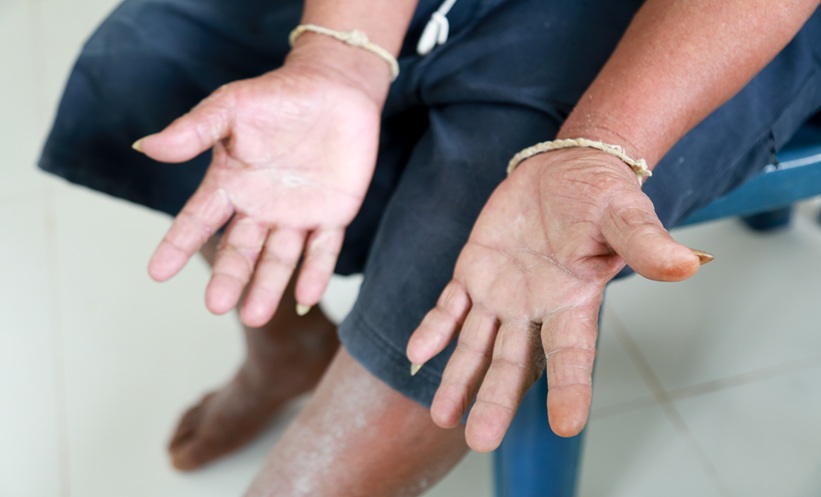Meeting Summary
Targeted biological therapies have revolutionised the treatment of inflammatory diseases in rheumatology and new agents continue to be developed. The growing demand, coupled with limited competition, is a challenge for healthcare budgets and limits patients’ access to these therapies. Biosimilars, which are biologicals with comparable safety, quality, and efficacy to a reference product, have the potential to address these challenges. Despite biosimilars having been available since 2006, initially in other indications than rheumatoid arthritis (RA), confidence in their use is still an issue for rheumatologists. This symposium discussed the rigorous scientific and regulatory processes by which biosimilarity is determined, the rationale for extrapolation to different indications, and the evidence needed to support incorporating biosimilars into clinical practice in rheumatology.
Dr Emily Shacter explained the US Food and Drug Administration (FDA) biosimilar regulatory process, focussing on the importance of structural and functional analyses to characterise protein products and demonstrate molecular similarity. Prof Craig Leonardi, a dermatologist, discussed the rationales for the choice of an adequate patient population and disease setting in studies confirming biosimilarity. The issues around extrapolation to other indications not studied in clinical trials with the biosimilar were discussed; extrapolation being based on the same mechanism of action; the totality of the evidence of all analytical, non-clinical, and clinical data; and a thorough scientific justification based upon an extensive understanding of the safety and efficacy profile of the reference product. Prof Peter Taylor explored the impact of biosimilars on the clinical landscape of rheumatology, the potential benefits of cost and access, and recommendations for their optimal use. The symposium concluded with a question and answer session.
Please view the full content in the PDF above.








